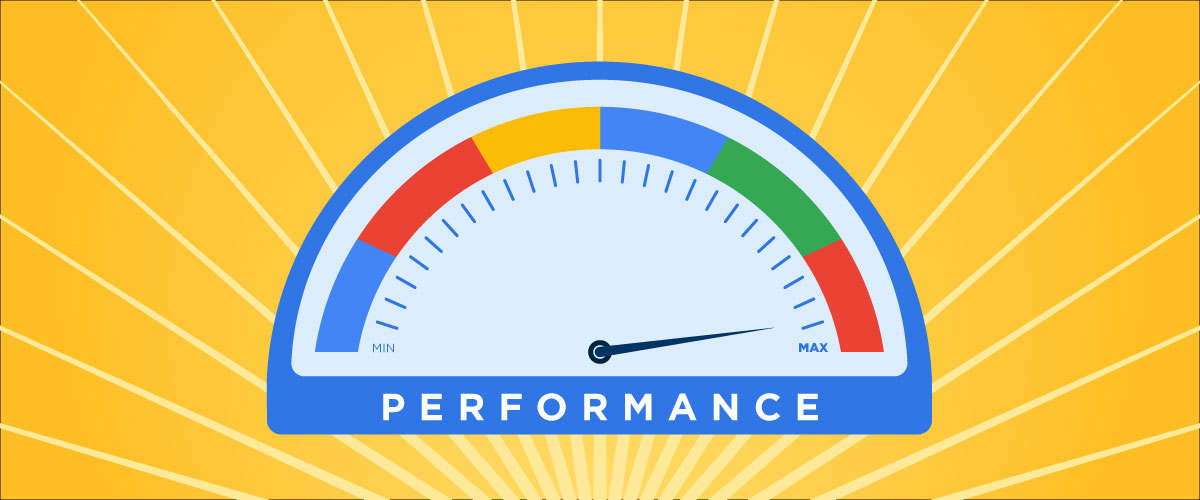Here comes Performance Max! Performance Max (also known as PMax) is a new Google campaign format that’s simpler to use, granting greater access to Google Ads inventory and more. It’s more than just advertising on Google Shopping, and will help companies diversify where their budgets are invested. It also means a demand for higher-quality assets such as YouTube videos, images, banner ads, and other elements for different campaigns than what people may be used to. Without these, ad strength (according to Google, “how well an ad creative follows Google’s best practices for optimal performance”) and return on ad spend (ROAS) might diminish while costs per click (CPCs) go up. Used properly, PMax can prevent all that, and more.
Want to get ahead of the PMax curve? As a Premier Partner of Google and an e-commerce PPC consultant, Logical Position has plenty of knowledge to share. Here’s the ultimate Performance Max checklist to get you ready.
Mind Your Spending
Make sure your spending is proportional to where your revenue is coming from. Imagine you’re a company that sells 10 different product categories. Each makes up a different percentage of your revenue, but you want to push some products more heavily than others. With PMax, you’re leaving it up to Google’s algorithm to ensure your budget goes to the right products and places. This can get tricky. To use an analogy, it’s like a single big dog bowl for 10 dogs: one dog can eat too much, while another one eats too little; an unhealthy situation all around. Users have run into a similar problem with PMax. They have less control over where their budget goes, potentially spending less on the products and categories that historically generate the biggest returns. Ensuring you have segmented PMax Campaigns for each product category allows you to better control the budget. Segmenting campaigns by top-converting products works well for small and medium-sized businesses too.
The Place(s) to Be
Keep an eye on your ad placement. They can pop up anywhere and everywhere: Google Search, YouTube, GMail, and Google Display and Discovery Ads. Dial in your assets. The more assets the better for Google’s algorithm placement and testing. Campaign segmentation is important too. As a best practice, you’ll want to combine products based on their categories without getting too over-segmented. If you over-segment, the campaign won’t have enough signals and data to be successful. It’s okay to combine like categories as well to overcome this. That way, you can control the budget for each category and set appropriate bidding strategies for each campaign. Budget according to where the revenue comes from to prevent a feast or famine situation. Review the different networks you advertise on and verify the returns are matching up with where the revenue is coming from.
Highlighting Assets
Assets can be headlines, images, videos, and calls to action. Have the right assets in place when using PMax to maximize placements. Each PMax campaign requires a minimum number of assets, but with many types of assets available, you’re sure to find one that meets your needs. Proper assets can affect campaign performance. Having enough assets captures the audience you want and keeps your ads looking professional.
What’s Your Bid Strategy?
As an automated campaign, PMax requires a bid strategy. You can set a few different bid strategies based on the business goals. It’s important to understand what the goal is for the campaign and align the correct bidding strategy to that goal. Whether you are targeting purchases or conversion values, setting target returns ensures Google understands your breakeven point and keeps the return as close to your goals as possible. If you’re new to Google Ads, start on “Maximize Conversions” so Google can gather as much data as possible about who your buyers are. After one to two months of consistent conversions, you can switch to “Maximize Conversion Value” with the “Target ROAS” setting. If you previously ran Smart Shopping or Standard Shopping for a while and Google has a great deal of data with your products, you can use “Maximize Conversion Value” with “Target ROAS” and make the target ROAS consistent with previous performance. Unless your goal is acquisition, in which case “Target CPA” should be used in conjunction with “Target ROAS” to define how much you’d be willing to pay for that new customer.
What’s Next?
That’s the ultimate Performance Max checklist to get you ready! Understanding what campaigns are right for you is frequently more difficult than managing the campaigns themselves. Coming up with a strategy that makes the most sense for your business is the challenging part. Logical Position is here to help. Our team can look into your business with a holistic approach to figure out the best campaign structure to reach your revenue and ROAS goals. As an e-commerce PPC consultant, an Omni-Channel Marketing Agency, and a Google Premier Partner, we’re in a prime position to find a tailor-made solution for you through PMax or another online marketing tool. Contact us today for a free consultation!




